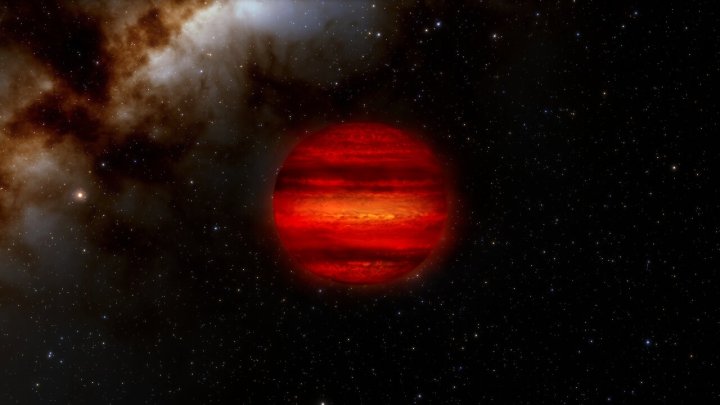
A team of astronomers has identified three brown dwarfs which are spinning ten times as fast as a typical planet, making them the fastest ever discovered.
Brown dwarfs are bodies in between planets and stars in size. They are sometimes known as “failed stars” as they don’t become large enough to sustain fusion of hydrogen. These particular brown dwarfs are notable because they are the fastest spinning examples of their type ever discovered. With a full rotation completed every hour, they are spinning so fast that they are on the verge of being torn apart. That helps researchers see the limits on how these bodies can form.
“We seem to have come across a speed limit on the rotation of brown dwarfs,” said Megan Tannock, the Western University physics and astronomy graduate student who led the discovery, in a statement. “Despite extensive searches, by our own team and others, no brown dwarfs have been found to rotate any faster. In fact, faster spins may lead to a brown dwarf tearing itself apart.”
These brown dwarfs were originally detected by NASA’s Spitzer Space Telescope, which ceased science operations last year. Then, further observations were made using the Gemini North telescope in Hawaii and the Magellan Baade in Chile. The researchers look at how light from the dwarfs was altered by the Doppler effect and used these alternations to figure out how fast the planets were spinning. They discovered that they spin extremely fast; at 10 times the speed of rotation of Jupiter.
“These unusual brown dwarfs are spinning at dizzying speeds,” said Sandy Leggett, an astronomer at Gemini North who studies brown dwarfs. “At about 350,000 kilometers per hour, the relatively weak gravity of the brown dwarfs is barely holding them together. This exciting discovery by the Tannock team has identified rotational limits beyond which these objects may not exist.”



